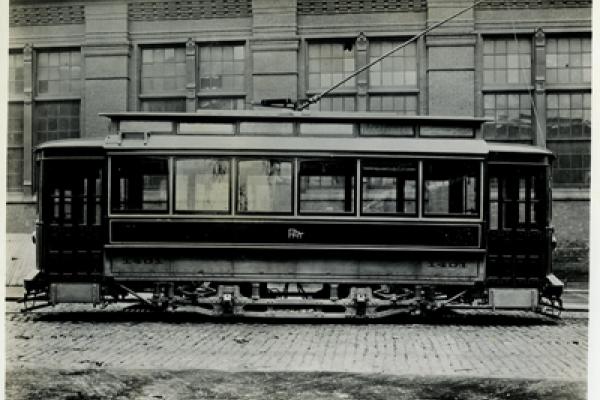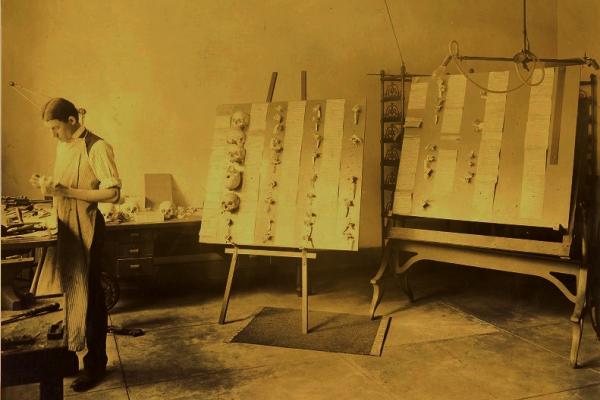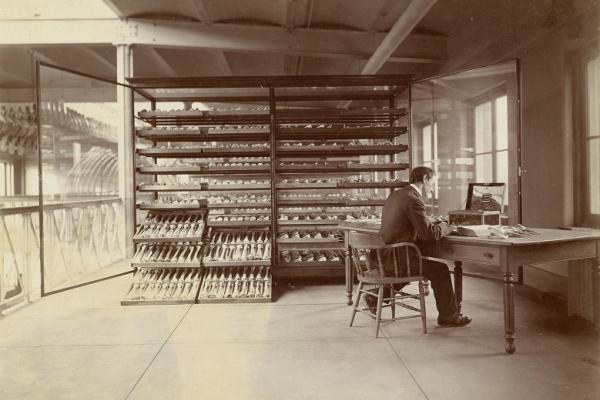Advanced Search

This historic image shows cattle disassembly at Swift & Co.’s Union Stock Yards plant at the turn of the twentieth century.
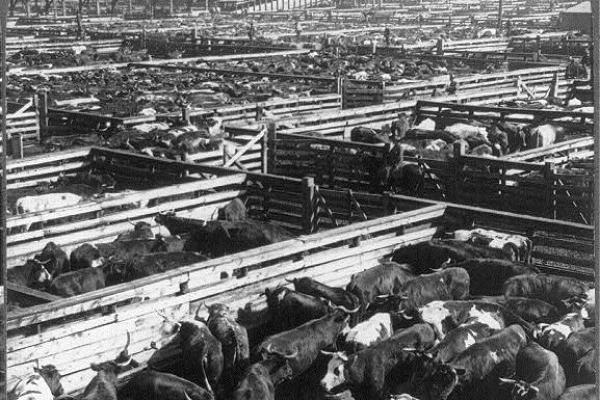
Cattle pens at the turn of the twentieth century. No doubt these cattle were destined for the meatpacking plants on the peripheries of the Union Stock Yards. Their dire future loomed as refrigerated dressed meat.
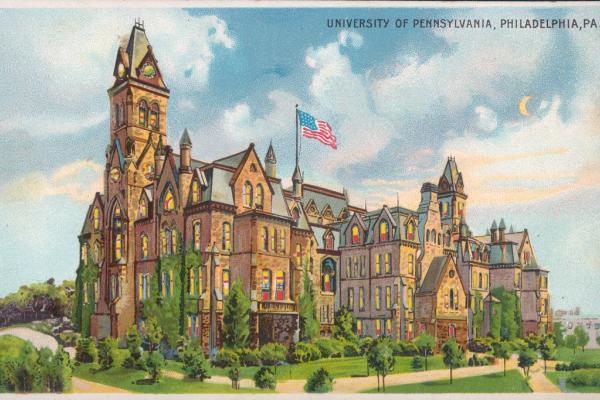
This turn-of-the-20th-century postcard shows College Hall, Penn’s first West Philadelphia building, with its two original towers. The architect was Thomas Webb Richards. In its early years, College Hall housed the University library and classrooms for the arts and sciences.
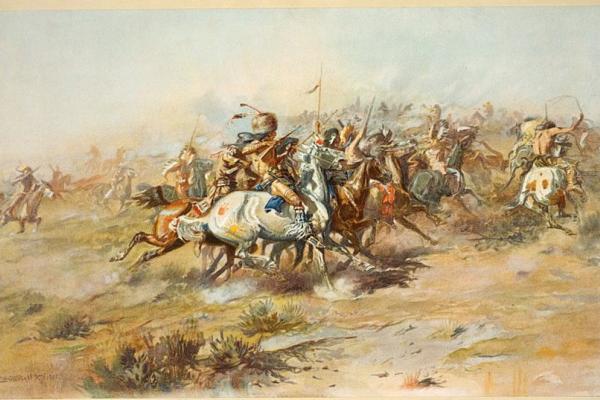
News of Custer’s cavalry defeat and his death on the Little Bighorn River in southern Montana reached the Centennial Exposition on 6 July. The massacre and ritual mutilation of white soldiers at the hands of Lakota and Northern Cheyenne warriors reinforced cultural stereotypes of American Indians as heartless savages and undermined the Exposition’s already clumsy efforts to accurately portray Native American cultures. The painting shown here is by Charles Marion Russell, who depicted the Indian perspective on the Little Bighorn fight.
This image looking west shows Franklin Field in 1903, eight years after its opening. The stadium was built on land transferred from Blockley Almshouse to the University of Pennsylvania in 1889.
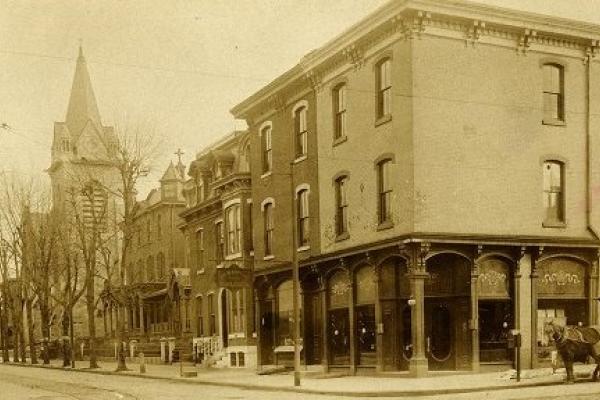
St. Mary’s stands in background, flanked by twin houses; the view, is east from 40th and Locust streets.
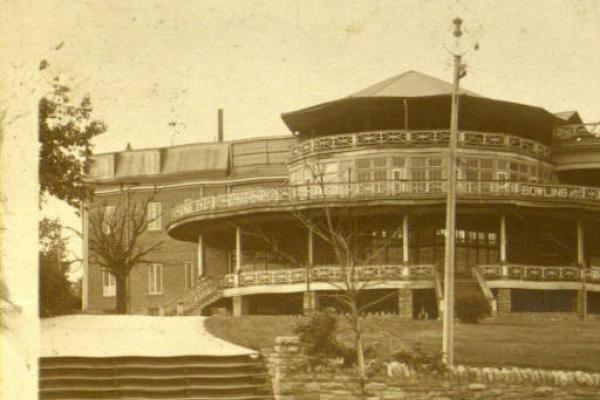
The Fairmount Park Trolley Line serviced this station at Woodside Park.
![Vintage black and white photo of the Kaaba and Grand Mosque, in Mecca. The exterior of the Kaaba is covered with a large black cloth. It stands in the center of the photo, in front of the Grand Mosque, in the near background. In the far background is a mountain with numerous buildings.]](https://collaborativehistory.gse.upenn.edu/sites/default/files/styles/view_tiles/public/Pilgrimage%20to%20Mecca.jpg?itok=2-XCl2Ix)
Pilgrimage (Hajj) to Mecca. In his pilgrimage (hajj) to Mecca, the spiritual center of orthodox Islam, Malcom X encountered color variations among Muslims—including blue eyes, blond hair, and whitish skin—an experience that shattered his belief that white skin and blue eyes were synonymous with Satan, that all white people were devils. This 1907 image shows the Al-Masjid Al-Haram Mosque, with people praying inside near the Kaaba—a venue that would change little over the next 60 years.
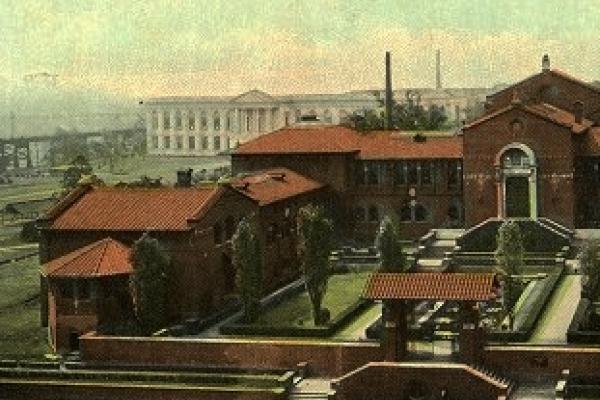
This excerpt from a 1907 postcard shows the Commercial Museum (background) in relation to the Free Museum of Art and Science of the University of Pennsylvania (foreground, now the Penn Museum.
